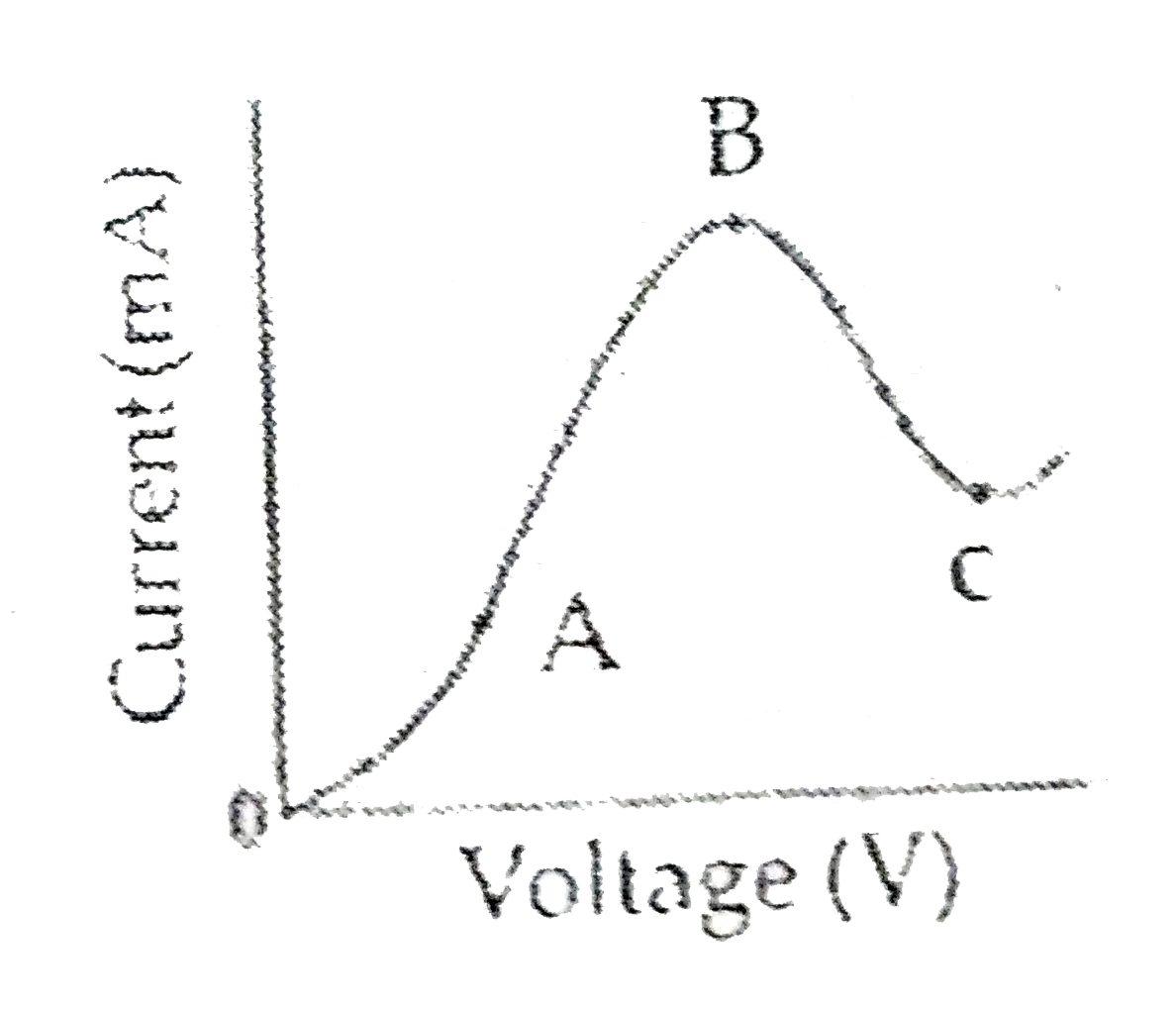Identify the error, if any.
To identify the error in the given video transcript, let's analyze the statements made regarding the fractions and their corresponding shaded portions.
1. Understanding the Ratio:
- The ratio is defined as the shaded portion divided by the total portion.
2. First Fraction:
- The first fraction mentioned is 12.
- Total parts = 2 (1 shaded + 1 unshaded).
- Shaded portion = 1.
- Therefore, the fraction is 1 (shaded)2 (total)=12.
- This is correct.
3. Second Fraction:
- The second fraction is 14.
- Total parts = 4 (1 shaded + 3 unshaded).
- Shaded portion = 1.
- Therefore, the fraction is 1 (shaded)4 (total)=14.
- This is correct.
4. Third Fraction:
- The third fraction is 34.
- Total parts = 4 (3 shaded + 1 unshaded).
- Shaded portion = 3.
- Therefore, the fraction is 3 (shaded)4 (total)=34.
- This is correct.
5. Conclusion:
- After analyzing all three fractions, it appears that the calculations for each fraction are correct, and there is no error in the identification of the shaded portions and total portions.
Final Answer:
There is no error in the calculations of the fractions presented in the video.
- The ratio is defined as the shaded portion divided by the total portion.
- The first fraction mentioned is 12.
- Total parts = 2 (1 shaded + 1 unshaded).
- Shaded portion = 1.
- Therefore, the fraction is 1 (shaded)2 (total)=12.
- This is correct.
- The second fraction is 14.
- Total parts = 4 (1 shaded + 3 unshaded).
- Shaded portion = 1.
- Therefore, the fraction is 1 (shaded)4 (total)=14.
- This is correct.
- The third fraction is 34.
- Total parts = 4 (3 shaded + 1 unshaded).
- Shaded portion = 3.
- Therefore, the fraction is 3 (shaded)4 (total)=34.
- This is correct.
- After analyzing all three fractions, it appears that the calculations for each fraction are correct, and there is no error in the identification of the shaded portions and total portions.
There is no error in the calculations of the fractions presented in the video.
Topper's Solved these Questions
- FRACTIONSBOOK - NCERT ENGLISHCHAPTER - FRACTIONSEXERCISE - EXERCISE 7.4
10 Videos
- FRACTIONSBOOK - NCERT ENGLISHCHAPTER - FRACTIONSEXERCISE - SOLVED EXAMPLES
13 Videos
- FRACTIONSBOOK - NCERT ENGLISHCHAPTER - FRACTIONSEXERCISE - EXERCISE 7.3
9 Videos
- DECIMALSBOOK - NCERT ENGLISHCHAPTER - DECIMALSEXERCISE - EXERCISE 8.3
2 Videos
- INTEGERSBOOK - NCERT ENGLISHCHAPTER - INTEGERSEXERCISE - EXERCISE 6.2
5 Videos
Similar Questions
The graph shown in the figure represents a plot of current versus voltage for a given semi-conductor. Identify the region, if any, over which the semicondutor has a negative resistance.

View SolutionMention the errors and their correction.
View SolutionIf z is any complex number such that |3z−2|+|3z+2|=4 , then identify the locus of z.
View SolutionIdentify multiple lines of symmetry, if any, in each of the following figures:
View SolutionExamine a few flowers of any cucurbita plant and try to identify the staminate and pistillate flowers. Do you know any other plant that bears unisexual flowers?
View SolutionIf the error in the measurement of momentum is 20 % , then the error in the calculation of kinetic energy is (assume the error in measurement of m as zero)
View SolutionIf the error in the measurement of radius of a sphere in 2% then the error in the determination of volume of the spahere will be
View SolutionIf the error in the measurement of radius of a sphere in 2% then the error in the determination of volume of the spahere will be
View SolutionIf the error in the measurement of radius of a sphere in 5% then the error in the determination of volume of the spahere will be
View SolutionIf the error in the measurement of momentum of a particle is (+ 100%), then the error in the measurement of kinetic energy is
View Solution
